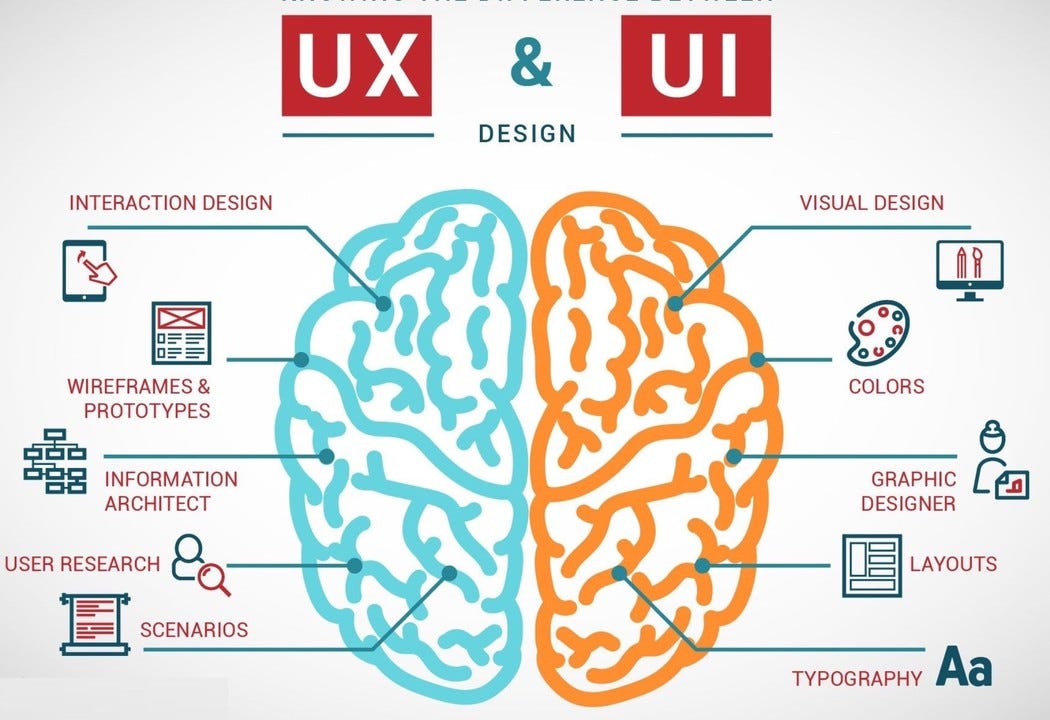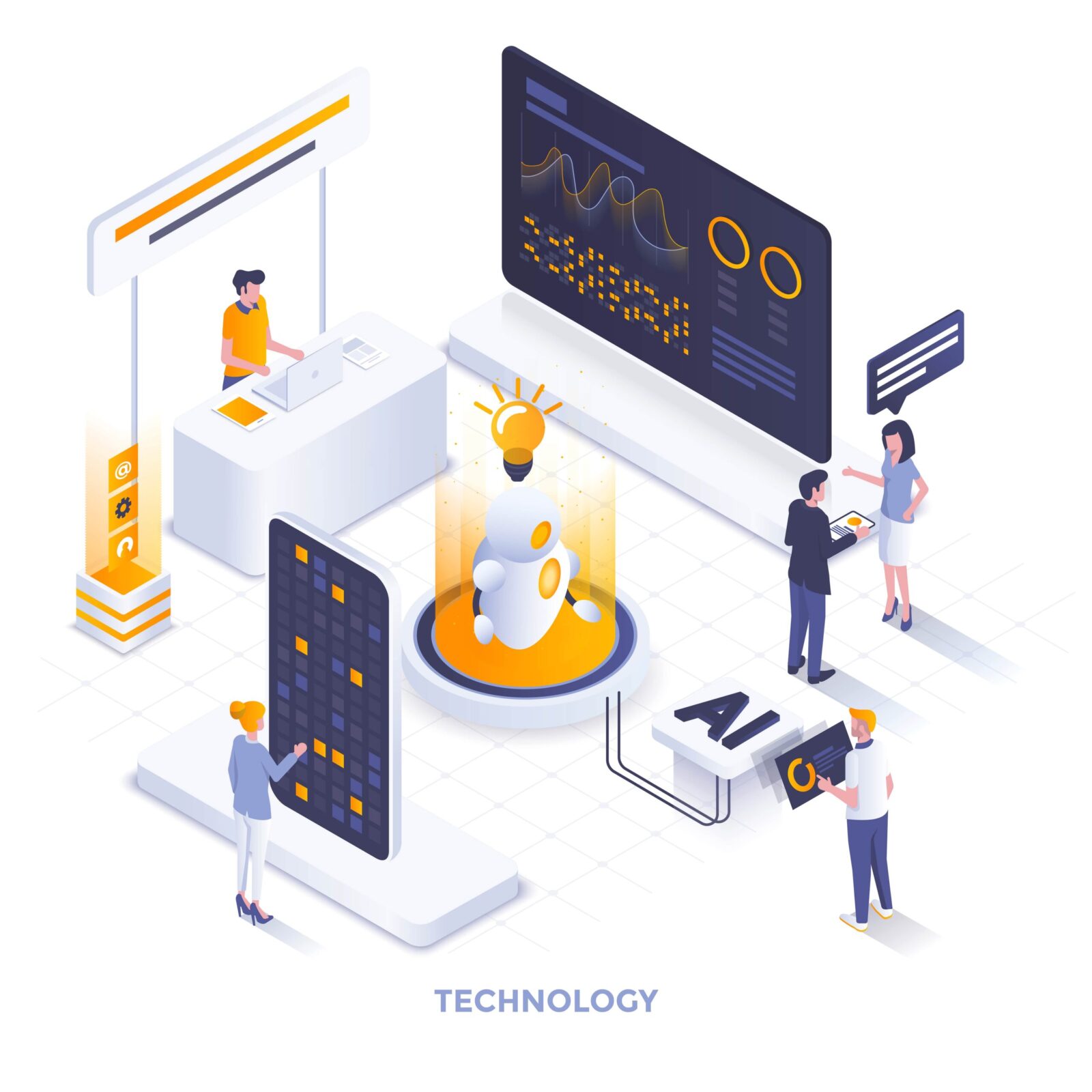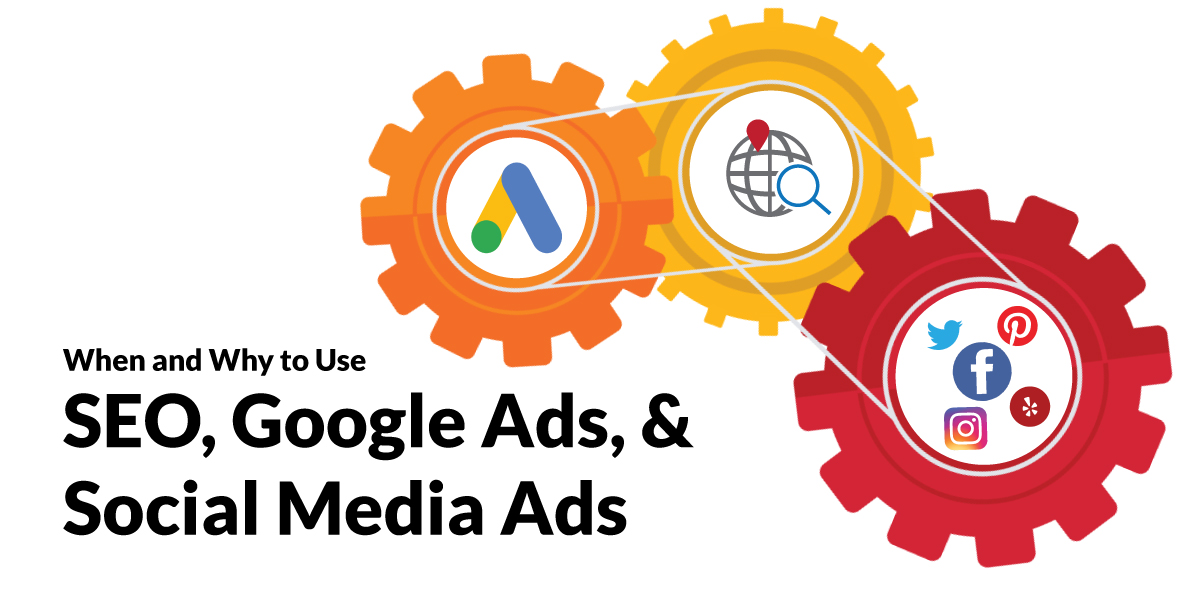UI Design, which stands for User Interface Design, focuses on the visual and interactive elements of a digital product or system. It involves designing the graphical user interface (GUI) components, such as buttons, menus, icons, and layout, to ensure they are aesthetically pleasing, intuitive, and easy to use.
UI design is concerned with creating visually appealing interfaces that effectively communicate the product’s or system’s functionality and content. It involves selecting appropriate colours, typography, imagery, and other visual elements to create a cohesive and engaging user interface. UI designers also work on the placement and arrangement of interactive elements to enhance usability and guide users through the interface.
On the other hand, UX Design, which stands for User Experience Design, focuses on the overall experience of users when interacting with a product, service, or system. It encompasses a broader scope, including not only the visual aspects but also the usability, accessibility, and overall satisfaction of the user.
UX design involves understanding users’ needs, goals, and behaviours and designing the product or system to meet those needs effectively. It encompasses various elements, such as user research, information architecture, wireframing, prototyping, and usability testing. UX designers aim to create a seamless and meaningful experience for users, ensuring that they can achieve their objectives efficiently and with satisfaction.
In essence, while UI design focuses on the look and feel of the interface, UX design takes a more holistic approach, considering the entire user journey and the emotions, motivations, and perceptions of the users. UX designers strive to optimize the usability, accessibility, and overall satisfaction of the user by designing intuitive workflows, clear navigation, and engaging interactions.
To summarize, UI design primarily deals with the visual and interactive aspects of a digital product or system, whereas UX design encompasses the overall experience, usability, and satisfaction of the users. Both UI and UX design are essential and work hand in hand to create exceptional user experiences.





